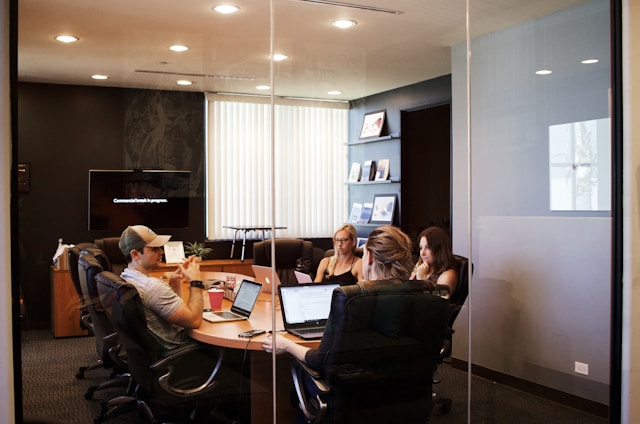Nearly everyone has been fascinated by Rubik’s Cubes for more than four decades, but now anyone can create a complex Rubik’s Cube-like object that has twisty joints and/or puzzles.
Last month, Columbia University students Timothy Sun and Changxi Zheng published a paper in SIGGRAPH 2015 “Computational Design of Twisty Joints and Puzzles” that outlines a computational method for anyone to create complex “twisty joints” and puzzles that have the Rubik’s Cube functionality.
Turning a 3D Model Into a Rubik’s Cube
When a user supplies a 3-D printed model or design and a suggested subset of rotational axes, software created by Sun and Zheng automatically computes and constructs rotational axes, and using “collision detection” creates a model that is free from “blocking” so that all joints rotate freely, just as in a regular Rubik’s Cube.
Once the software has done the work, the final 3D model is printed out in 3-D printed parts that can then be interlocked and assembled.
The annual SIGGRAPH conference will take place from August 9-13, 2015 with an exhibition scheduled from August 11-13 featuring the latest computer graphics and interactive technologies from hundreds of exhibitors from around the world.
Following is a video of SIGGRAPH 2015’s Emerging Technologies trailer.






